Cleaning & Disinfection, Knowledge Base
Turn The Table on The Challenge of Cleanroom Residue
Removing residues from a cleanroom surface can be challenging. The most widely used disinfectants tend to leave significant residues on surfaces. Disinfectant residues can pose cleanliness and operational risks in cleanrooms and other controlled environments. The United States Pharmacopeia (USP) <1072>, the Parenteral Drug Association’s Technical Report 70 (PDA TR 70), and EudraLex Volume 4 Guidelines for Good Manufacturing Practice (GMP) Annex I recognize the harmful impact residues create on microbial control in cleanrooms.
Disinfectants are known to be one of the most significant contributors to the creation of residues. After disinfecting, a residue is anything left behind on surfaces, equipment, or windows. Unfortunately, residues are almost unavoidable when using most disinfectants. For example, solutions with surfactants usually need some form of rinsing or wiping. Improper operator training, surface type, cleaning chemicals, and disinfection process can cause cleanroom residues. For operators, properly using disinfectants and cleaning tools, such as cleanroom mops and wipes, is crucial for managing residues.
As stated in Annex 1, it is important to recognize that cleaning and disinfection are two separate procedures. The article explains that cleaning, whether it be pre-cleaning or main cleaning, involves physically getting rid of organic matter from a surface in preparation for disinfecting. Disinfecting, on the other hand, involves using antimicrobial agents to eradicate microorganisms on the surface. Common disinfection technologies include bleach, quaternary ammonium, or phenol. It’s essential to rinse these products thoroughly, or they may leave a residue.
The appearance of residue can vary depending on the surface, with highly reflective surfaces showing more residue than others. Various methods can be used to remove residue, including isopropyl alcohol (IPA), DI or WFI water, hydrogen peroxide, detergent, or dry wiping with a microfiber wipe. It’s vital to clean surfaces with one of these methods to prevent residue accumulation. The frequency depends on the manufacturer’s directions, specific surface type, and disinfectant.
To turn the tables on cleanroom residue:
- Work to prevent residue in the first place. Choose chemicals with the highest efficacy, surface compatibility, and lowest levels of residue, like HOCl.
- Do not allow chemicals to air dry on the surface; excess liquids should be mechanically dried with cleanroom wipes after the predetermined contact time is met.
- If residue is present, determine the appropriate removal aid to be used, such as 70% isopropyl alcohol (IPA), hydrogen peroxide, deionized water (DI), Water for Injection (WFI), detergent, or dry microfiber wipes.
- Develop a schedule or an SOP for regular residue removal. The longer the residue is allowed to build up, the more work it takes to remove it.
- Make mitigation a part of the company’s contamination control strategy or a part of the cleaning and disinfection program. Effective residue management protocols result in a cleaner, safer, and easier-to-maintain microbial and contamination-controlled environment.


















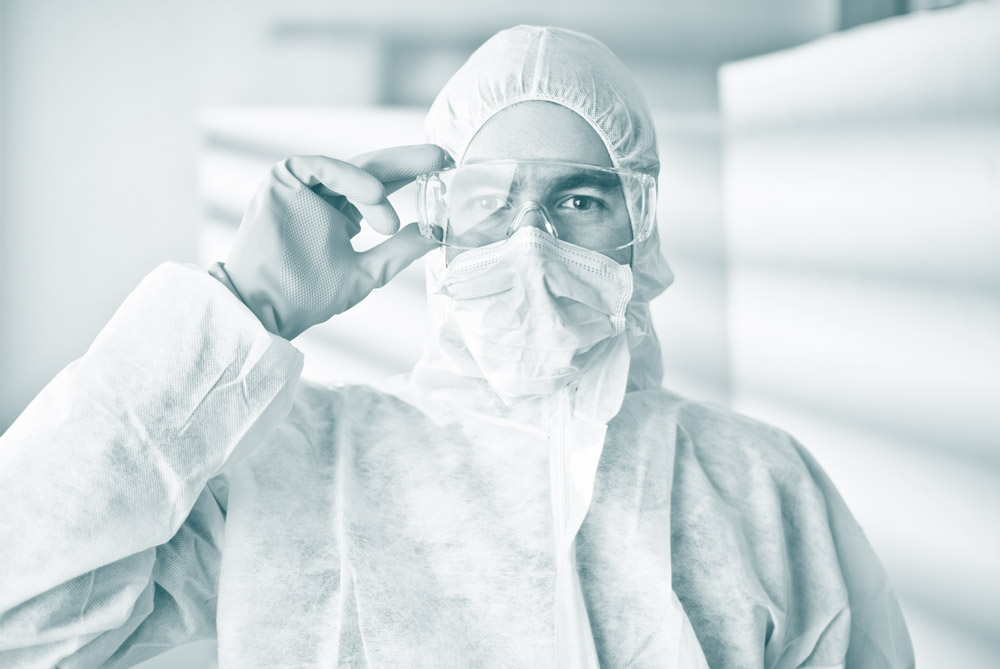

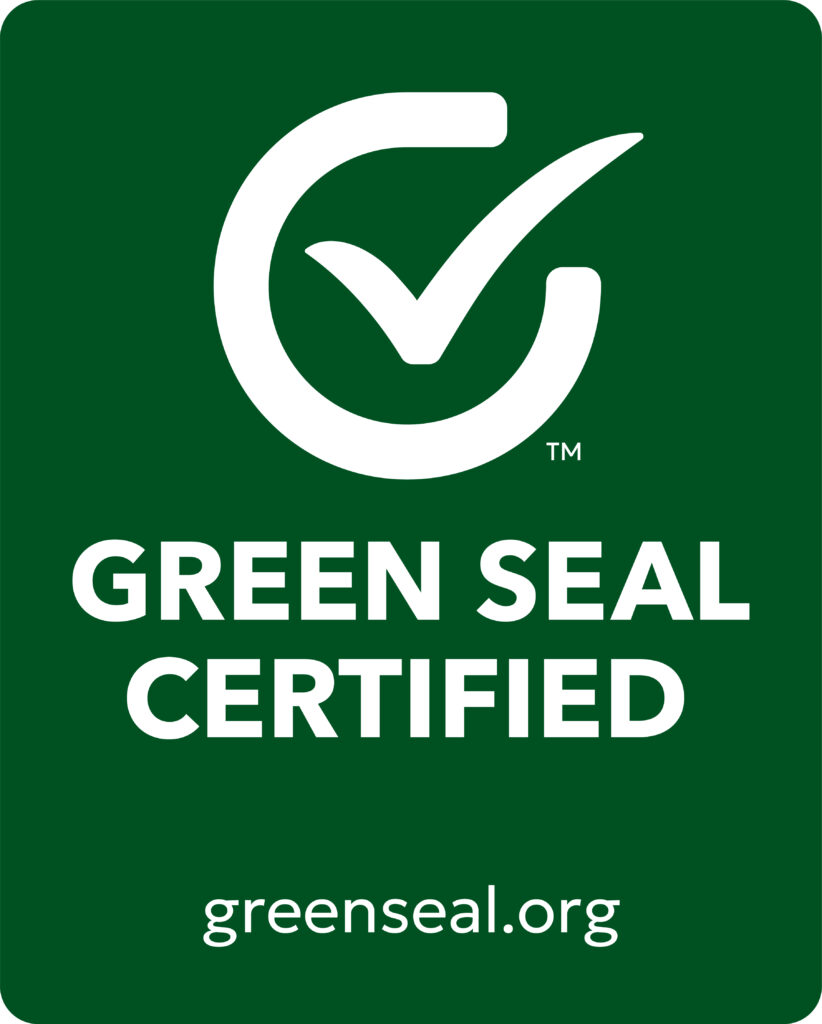
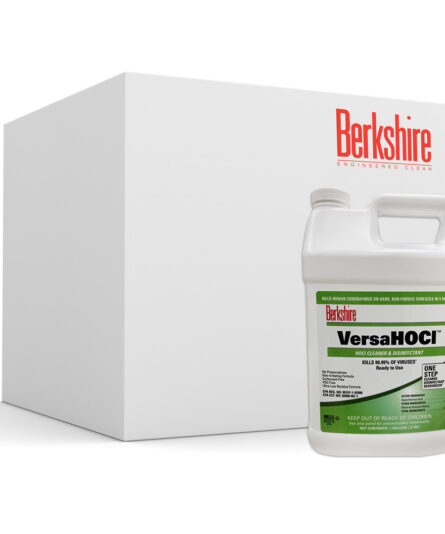


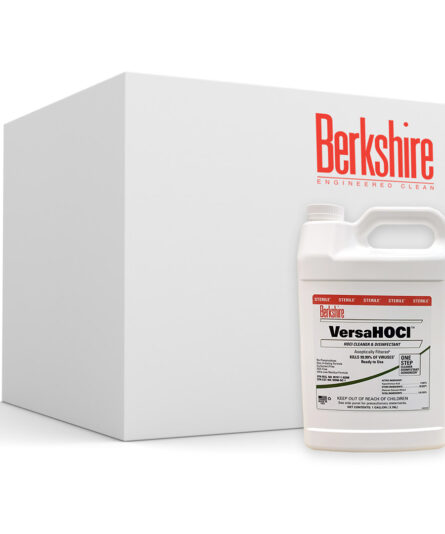
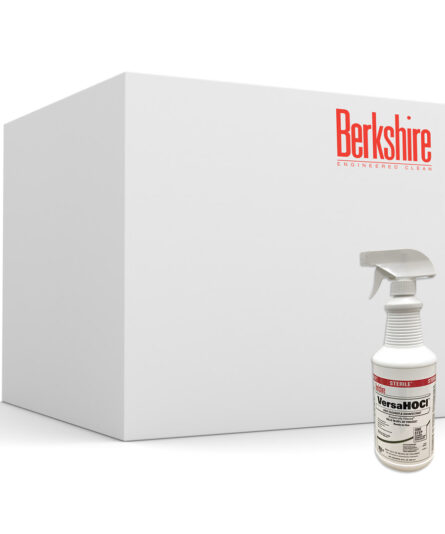
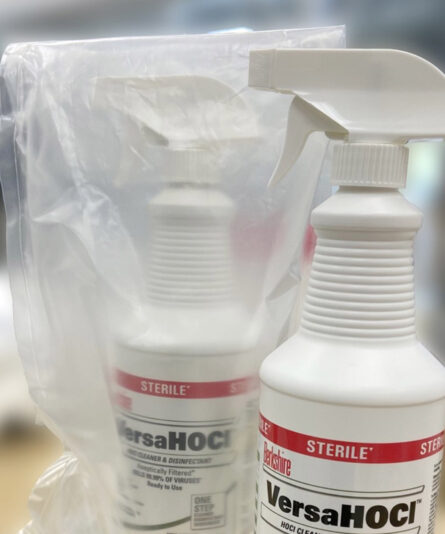



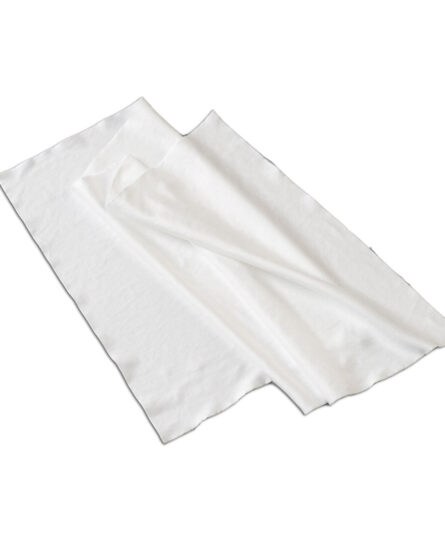
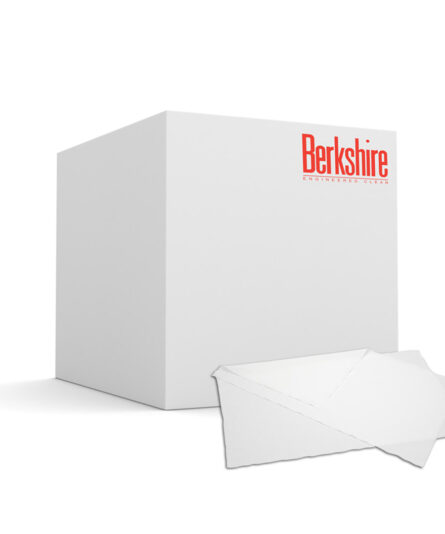

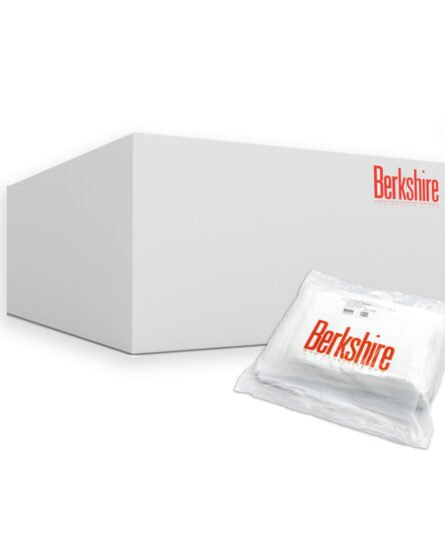
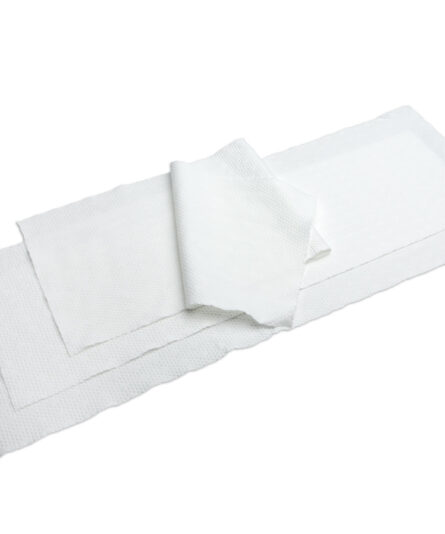

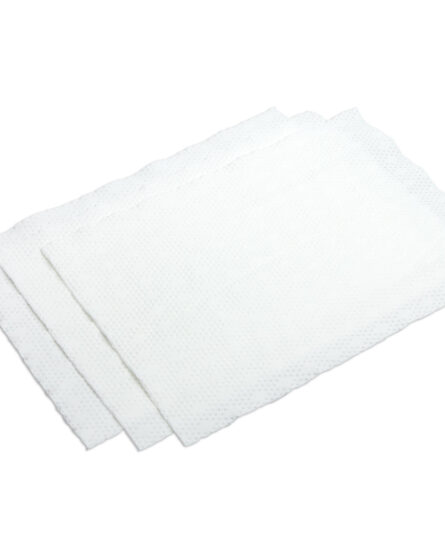

HAVE AN IDEA FOR CONTENT?
We are always looking for ideas and topics to write about.
Contact Us